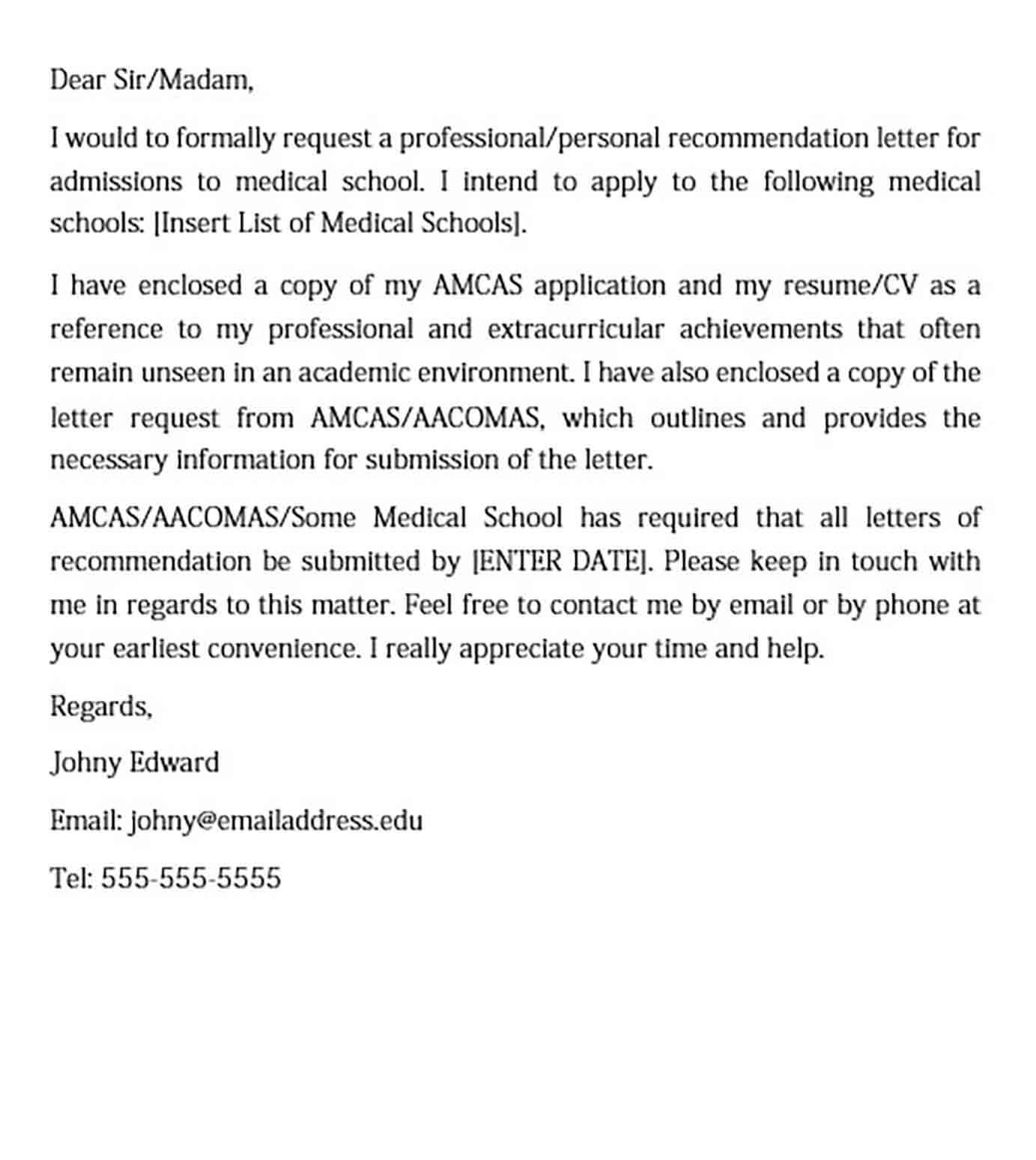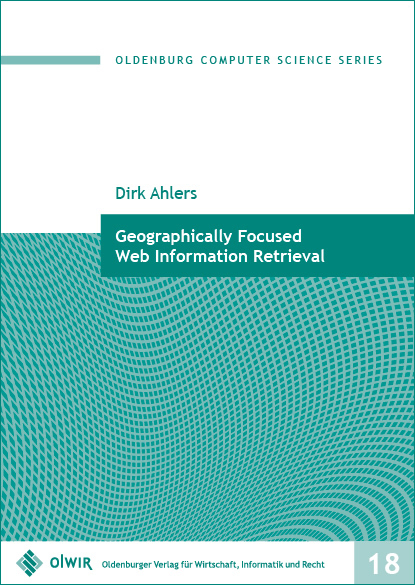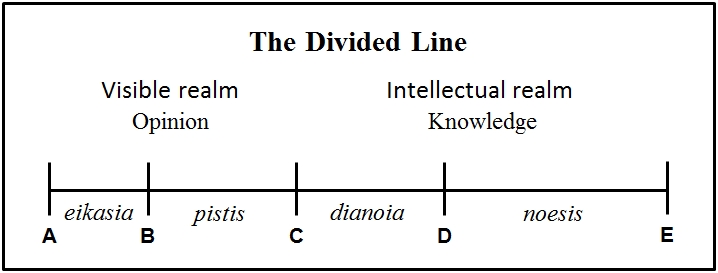Paracoccus - Spanning - - Major Reference Works - Wiley.
An outline of the current taxonomic diversity of the genus Paracoccus is presented. A definitive summary is given of the valid type strains of Paracoccus denitrificans and Paracoccus pantotrophus and of culture collection strains that can be assigned to these species. The case is established for a critical reassessment of the P. denitrificans strains held by international culture collections.Abstract. Induction and repression of denitrification activity were studied in a continuous culture of Paracoccus denitrificans during changes from aerobic to anaerobic growth conditions and vice versa. The denitrification activity of the cells was monitored by measuring the formation of denitrification products (nitrite, nitric oxide, nitrous oxide.P. denitrificans is the first organism reported to date that contains two homologues of the NosX protein. Thus far P. denitrificans is also unique in containing a second homologue (named nirI) of the gene nosR within the nir gene cluster. Insertion mutagenesis in either of the two genes nirX or nosX results in no observable phenotype.
Paracoccus denitrificans Dataset GBIF Backbone Taxonomy Rank SPECIES. Classification kingdom Bacteria phylum Proteobacteria class Alphaproteobacteria order Rhodobacterales.Paracoccus denitrificans is a Gram-negative, non-motile coccoid soil bacterium from the alpha subdivision of the proteobacteria. Formerly known as Micrococcus denitrificans, it was first isolated in 1910 by M. Beijerinck, and renamed in 1969 to Paracoccus denitrificans by Davis. P. denitrificans is a model organism for the study of denitrification.

Paracoccus denitrificans, an organism that removes high levels of nitrogen in wastewater when paired with Nitrosomonas europaea, a nitrifying organism which reduces ammonia to nitrate. P. denitrifican is a spherical coccus shaped gram-negative bacteria having a double membrane cell wall. It inhabit soils in either aerobic or anaerobic environments.





.jpg)





